Written by Reina Stewart & Nicole Legg | May 7th 2020
Article reposted with permission from The Risky Behaviour Lab. Original post can be found here: https://onlineacademiccommunity.uvic.ca/riskybehaviourlab/meditation-and-mindfulness-whats-the-hype/
What are mindfulness and meditation? Are they the same?
“Mindfulness” and “meditation” are present-day buzzwords that are often used interchangeably. Although mindfulness and meditation are not mutually exclusive, some differences exist between these terms. There is not one agreed upon definition of mindfulness and/or meditation, but the information below discusses one way of thinking about these concepts. Mindfulness will be discussed first, and then meditation will be defined.
Mindfulness
Mindfulness is considered to be a state of ‘being’ that is characterized by a moment-to-moment awareness and a shift out of autopilot mode and into conscious attention [1, 2]. Mindfulness involves observing and labelling what is present, including thoughts, emotions, and physical sensations, while refraining from judgment and interpretation [1, 2]. In essence, mindfulness is the experience of noticing and accepting what is happening as it happens.
It is important to note that mindful acceptance is not the same as approval of uncomfortable or distressing experiences [2]. Approval would be accepting an unfair situation or circumstance as it is, whereas mindful acceptance would be accepting thoughts and feelings for what they are. Therefore, mindful acceptance may be understood as non-judgmental curiosity, which involves taking on the role of an observer and accepting our thoughts as they arise [2]. For example, if a thought emerges, such as “I should just give up,” then mindfully accepting this thought would involve making an observation, such as “this thought keeps coming back. That’s interesting.”
In an effort to define mindfulness more explicitly, researchers have suggested that mindfulness is composed of two main cognitive abilities: perspective shifting and attentional awareness [3, 4]. Perspective shifting refers to changing how you approach your own thoughts and reactions so that they are greeted with open-mindedness, curiosity, and acceptance [3]. This perspective shifting promotes “de-centering”, which is the process of recognizing thoughts as transitory, or impermanent, rather than as concrete mirror-images of reality and the self [3]. On the other hand, attentional awareness may be understood as the capacity to sustain concentration on the present while resisting the pull towards a specific trail of thoughts [4]. Together, perspective shifting and attentional awareness allow us to take on the role of a detached observer while simultaneously experiencing what we observe.
Meditation
We can engage in mindfulness during planned periods of time (e.g., a 10-minute focused practice) or cultivate it throughout our day-to-day activities. To clarify this difference, mindfulness is often separated into two broad categories: informal and formal mindfulness. Informal mindfulness may be thought of as times when we engage in mindfulness spontaneously or incorporate it into our daily activities, such as during eating and cleaning [5]. Formal mindfulness involves deliberately setting aside a certain amount of time to engage in a focused mindfulness practice, such as a mindful meditation [5, 2]. Mindfulness lies at the core of meditation, but you do not need to meditate in order to be mindful. In this way, meditation is one way to engage in mindfulness practice and may be thought of as equivalent to formal mindfulness [5]. Through practicing formal mindfulness on a regular basis, informal mindfulness may be fostered and accessed more easily in any given moment [6].
How and why does mindfulness work?
Mindfulness, or the active and non-judgmental awareness of the ‘here’ and ‘now’, has been scientifically supported to have many benefits for overall well-being. Regularly engaging in formal mindfulness practices can help bolster general happiness, sleep, healthy eating choices, and physical health, as well as decrease symptoms of stress, anxiety, depression and pain [7, 8, 9, 10]
What is lesser known, is why mindfulness offers so many psychological and well-being benefits. Researchers are working hard to better understand how mindfulness translates into improved well-being. Research suggests that there may be some intermediary steps in between practicing mindfulness and the well-being benefits that it offers. Studies have found that mindfulness leads to improved emotion regulation and emotional stability, self-esteem, gratitude, and self-compassion, which in turn, lead to the mentioned psychological and well-being benefits [8, 11, 12, 13, 14]. As well, regularly engaging in mindfulness can lead to altered brain activity (i.e., reduced stress and fear response, increased communication between brain regions, memory regions, etc.), which also contributes to the various positive well-being outcomes [15, 16]. On a simpler level, mindfulness allows us to engage in present-moment awareness. So, if the current moment is enjoyable, mindfulness permits us to experience pleasant sensations more completely. On the other hand, if the moment is painful or difficult, mindfulness places us at a vantage point where we can more clearly perceive what is occurring from a de-centered position and think through an appropriate response [2].
Overall, it appears that putting aside time to develop mindfulness skills, such as non-judgmentally noticing and accepting life experiences, can positively alter our brain functioning and change how we interpret, perceive, and react to our environment and ourselves, which promotes well-being.
Where do I begin?
It is important to note that in order to experience the benefits of mindfulness, you need to engage in formal mindful practices regularly. Most participants in the studies that examine the benefits of mindfulness formally practice mindfulness for upwards of 20 minutes a day for four or more weeks in a row.
Practicing mindfulness is much like going to the gym – it can be challenging incorporating it into your routine and the benefits may not be obvious at first, but after a few weeks of consistency, it becomes easier, routinized, and pays off. Similar to the gym, you need to figure out what time of day, and what mindfulness ‘exercises’ work best for you. Starting small and doing different 10-15 minute mindfulness practices at a different time each day can help you narrow down when and what types of mindfulness activities work for your life schedule. For example, you might try a 10 minute body scan when you wake up one day, and a 15 minute breathing practice before bed the next day, while being thoughtful about which practice worked best for you.
Mindfulness and meditation have many benefits for well-being and are skills that are developed over time with practice. The most important part is engaging in regular practice, not the perfect practice. Below are some resources to get you started:
Insight Mindfulness App
http://www.freemindfulness.org/download
https://www.aurahealth.io
The Wise Heart, by Jack Kornfield (https://jackkornfield.com/the-wise-heart-2/)
https://www.smilingmind.com.au/
References
[1] Kabat-Zinn, J. (2015). Mindfulness. Mindfulness, 6(6), 1481-1483. doi:10.1007/s12671-015-0456-x
[2] Victoria Division of Family Practice, & Shared Care Committee. (2017). CBT Skills Group Workbook. Victoria, BC: Victoria Division of Family Practice.
[3] Bishop, S. R., Lau, M., Shapiro, S., Carlson, L., Anderson, N. D., Carmody, J., . . . Devins, G. (2004). Mindfulness: A proposed operational definition. Clinical Psychology: Science and Practice, 11(3), 230-241. doi:10.1093/clipsy.bph077
[4] Lebois, L. A. M., Papies, E. K., Gopinath, K., Cabanban, R., Quigley, K. S., Krishnamurthy, V., . . . Barsalou, L. W. (2015). A shift in perspective: Decentering through mindful attention to imagined stressful events. Neuropsychologia, 75, 505-524. doi:10.1016/j.neuropsychologia.2015.05.030
[5] Birtwell, K., Birtwell, K., Williams, K., Williams, K., van Marwijk, H., van Marwijk, H., . . . Sheffield, D. (2019). An exploration of formal and informal mindfulness practice and associations with wellbeing. Mindfulness, 10(1), 89-99. doi:10.1007/s12671-018-0951-y
[6] Kornfield, J. (2008). Meditation for beginners. Boulder: ReadHowYouWant.
[7] Allirot, X., Allirot, X., Miragall, M., Miragall, M., Perdices, I., Perdices, I., . . . Cebolla, A. (2018). Effects of a brief mindful eating induction on food choices and energy intake: External eating and mindfulness state as moderators. Mindfulness, 9(3), 750-760. doi:10.1007/s12671-017-0812-0
[8] Bajaj, B., Bajaj, B., Gupta, R., Gupta, R., Sengupta, S., & Sengupta, S. (2019). Emotional stability and self-esteem as mediators between mindfulness and happiness. Journal of Happiness Studies, 20(7), 2211-2226. doi:10.1007/s10902-018-0046-4
[9] Bogusch, L. M., Fekete, E. M., & Skinta, M. D. (2016). Anxiety and depressive symptoms as mediators of trait mindfulness and sleep quality in emerging adults. Mindfulness, 7(4), 962-970. doi:10.1007/s12671-016-0535-7
[10] Masuda, A., & Tully, E. C. (2012). The role of mindfulness and psychological flexibility in somatization, depression, anxiety, and general psychological distress in a nonclinical college sample. Journal of Evidence-Based Complementary & Alternative Medicine, 17(1), 66–71.
[11] Bajaj, B., Gupta, R., & Pande, N. (2016). Self-esteem mediates the relationship between mindfulness and well-being. Personality and Individual Differences, 94, 96-100. doi:10.1016/j.paid.2016.01.020
[12] Bluth, K., Bluth, K., Blanton, P. W., & Blanton, P. W. (2014). Mindfulness and self-compassion: Exploring pathways to adolescent emotional well-being. Journal of Child and Family Studies, 23(7), 1298-1309. doi:10.1007/s10826-013-9830-2
[13] Short, M. M., Mazmanian, D., Oinonen, K., & Mushquash, C. J. (2016). Executive function and self-regulation mediate dispositional mindfulness and well-being. Personality and Individual Differences, 93, 97-103. doi:10.1016/j.paid.2015.08.007
[14] Swickert, R., Swickert, R., Bailey, E., Bailey, E., Hittner, J., Hittner, J., . . . Silver, N. C. (2019). The mediational roles of gratitude and perceived support in explaining the relationship between mindfulness and mood. Journal of Happiness Studies, 20(3), 815-828. doi:10.1007/s10902-017-9952-0
[15] Marchand, W. R. (2014). Neural mechanisms of mindfulness and meditation: Evidence from neuroimaging studies. 世界放射学杂志: 英文版 (电子版), 6(7), 471-479. doi:10.4329/wjr.v6.i7.471
[16] Young, K. S., van der Velden, Anne Maj, Craske, M. G., Pallesen, K. J., Fjorback, L., Roepstorff, A., & Parsons, C. E. (2018). The impact of mindfulness-based interventions on brain activity: A systematic review of functional magnetic resonance imaging studies. Neuroscience and Biobehavioral Reviews, 84, 424-433. doi:10.1016/j.neubiorev.2017.08.003
Image credit: https://www.freepik.com/free-photos-vectors/background – Background vector created by pikisuperstar


















